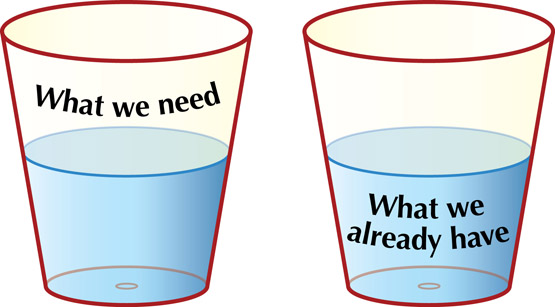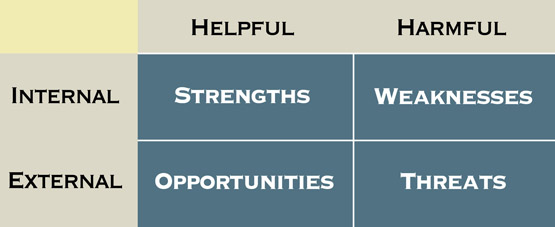| Assets Based Community Development or ABCD A Needs Map An Assets Map Local Assets Inventory A Portrait of Gifts Mobilizing Community Assets |
Assets Based Community Development or ABCDABCD is a method of community development that builds on the assets and strengths of a community. It was developed by Jodi Kretzmann and John McKnight in collaboration with poor urban communities in large cities of the US. Their book Building Communities from the Inside Out documents the experience of ABCD in a western and urban context. Others have shown that the ABCD method can be used very effectively in non-western and rural situations. See the Coady International Institute for more about the use of ABCD in the majority world. ABCD begins by getting people to identify the needs and problems in their community. These are divided into the needs and problems of
The ABCD method moves quickly onto the next task which is mapping the assets and strengths of the community using the same headings as above. The interesting thing is the different feelings associated with each task. After focusing on needs, people feel needy and look to others for solutions. But after focusing on assets, people begin to think of all the things they could do with what they have at hand to improve their lives and their community. The challenge is how to build on the positive, 'can do' feelings that the assets mapping exercise arouses. It is so easy to feel like a victim and to experience the 'poor me' feelings that stifle innovation and creativity. The ABCD approach of Kretzmann and McKnight reminds us that a shift in focus from 'what you need' to 'what you already have' is a crucial step in community development. Of course this is just the first step towards activating change. Is the glass half empty or half full?
Mapping Assets and Needs Versus the SWOT AnalysisRural appraisal exercises often employ the SWOT analysis. People are asked to brainstorm all of the strengths and weaknesses of their community and the opportunities and threats coming from the external environment. All of these items are listed on a four cell table as shown below.
SWOT can be a useful tool, but often the external threats and internal weaknesses appear to be so large that no amount of internal strengths or external opportunites seem able to counter them. By placing everything on one table the positives are cancelled out by the negatives. While the aim is to mobilize people into action, often there is an opposite effect. People focus on the negatives and start to feel they need help from outside before they can do anything themselves. The ABCD method involves a sequencing of activities that allows people to build confidence in their capacities. Needs and problems are brainstormed and then put to one side. Then assets and strengths are focused on. There is often resistance to this part of the exercise. People find it hard to see the value in their daily practices, networks, traditions and ways of working together. In a workshop, the facilitator must not be put off by this. Soon people start to think differently and they are surprised with the number of assets, capacities and strengths they come up with. The shift in focus that ABCD prompts produces a sense that local people can take action to build on what they have and improve their lives and communities. |

